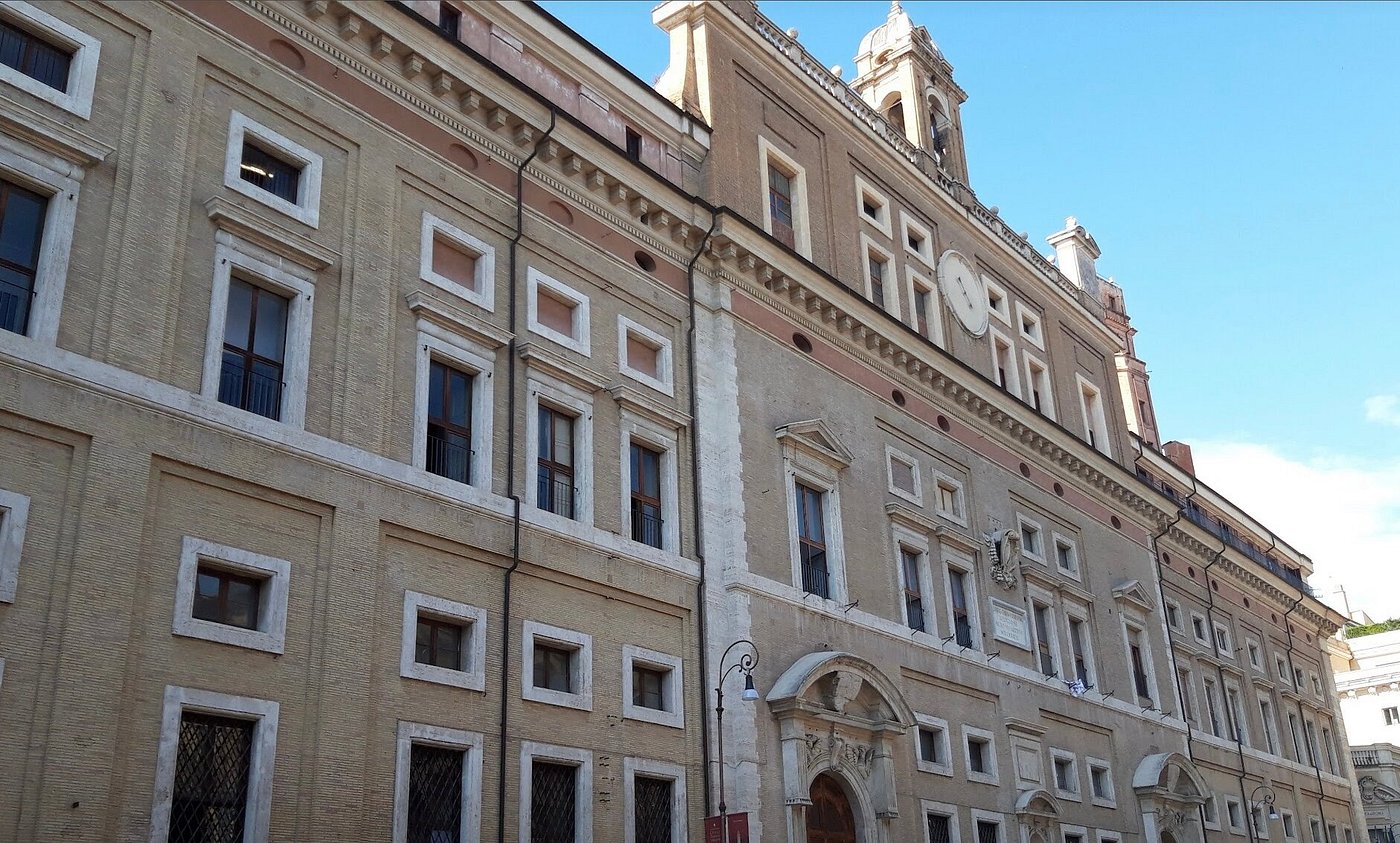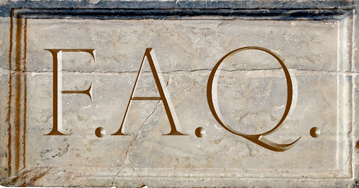
The history of the building reflects the most important tensions in modern Italian history. The Roman College Building, built in 1582-4, originally housed the recently instituted Jesuit College envisioned by Ignatius Loyola. For centuries it was one of the most active cultural centers in Rome. The Gregorian calendar was invented there by a team of mathematicians and scientists. Galileo was received here with great acclaim in the early 1600’s, and held a series of debates. Other major scientists, mathematicians, and astronomers have studied here or used the observatory, most notably the great 18th century physicist Boscovich. In 1651, Athanasius Kircher was asked to create a museum within the Roman College. This museum’s collections of scientific instruments, of antiquities, and as well, of botanical, geological and zoological specimens, are still on display today, although a number of its pieces have been moved into the Vatican and other museums.
During the unification of Italy, the Jesuits were forced out of the Roman College, and it was used instead as a barracks for Italian troops. Since 1871 it has hosted a non-religious public high school, the Liceo Ginnasio E. Q. Visconti.















































































































































